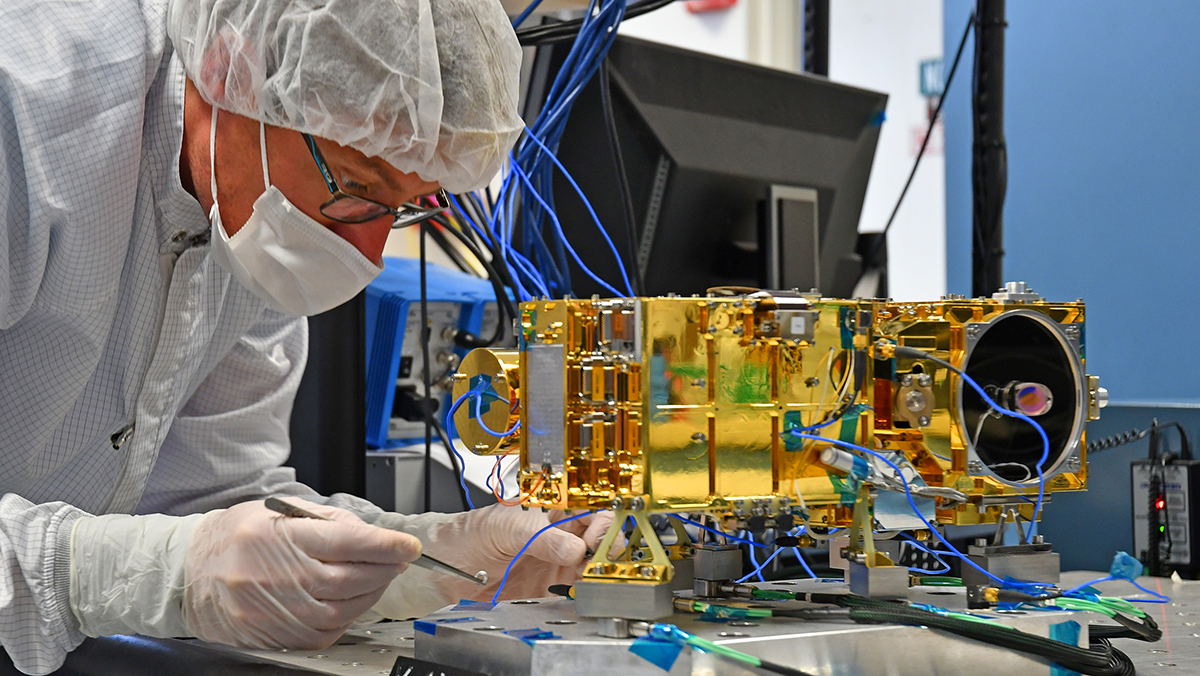If climate change throws off the seasonal freeze-thaw cycle of Arctic sea ice, it could trigger a reinforcing cycle of sea ice melt in parts of the Canadian Arctic.
News
Diamonds Are a Paleomagnetist’s Best Friend
Typical paleomagnetic measurements average a sample’s signal. The quantum diamond microscope helps scientists make micrometer-scale maps of magnetism, showing where a sample locked in its magnetic signatures.
Surviving on the Periphery of a City of Earthquakes
Mexico City is one of the most disaster-prone urban areas in the world. Following an earthquake, marginalized communities living on the city’s periphery are exposed to more dangers than just collapsing buildings.
Noble Gas Hints at Mars’s Rapid Formation
A new study finds that Mars’s mantle is neon-rich, putting constraints on the planet’s formation history.
New Report Puts the Amazon Rain Forest on the Main Stage at COP26
The Science Panel for the Amazon prepares to launch its first report, the most comprehensive document on the rain forest so far.
Thirsty Plants Pull Water from Bedrock
Shrubs and trees across the United States routinely sip water stored in bedrock, a discovery that has implications for the terrestrial water cycle.
Lasers Have the Makings of a 21st-Century Geoscience Tool
Laser-induced breakdown spectroscopy is a versatile geochemical tool being used in a wide range of applications, from Mars rovers to earthly rock identification.
New Contamination Concern for Colorado Streams
Abandoned hardrock mines and climate change cause metals and other elements to leach into streams. They also put rare earth elements into the water, a new study finds.
For Venice’s Floodgates to Work, Better Forecasts Are Needed
Climate change increases massive storm surges, which may be more than Venice’s flood-control system can handle.
Las bombas de calor pueden reducir las emisiones de los hogares, pero no en todas partes
Un nuevo estudio muestra que, en los lugares correctos, las bombas de calor pueden ayudar a los propietarios a reducir las emisiones de gases de efecto invernadero, ahorrar en costos de calefacción y aire acondicionado, y promover la salud pública.










